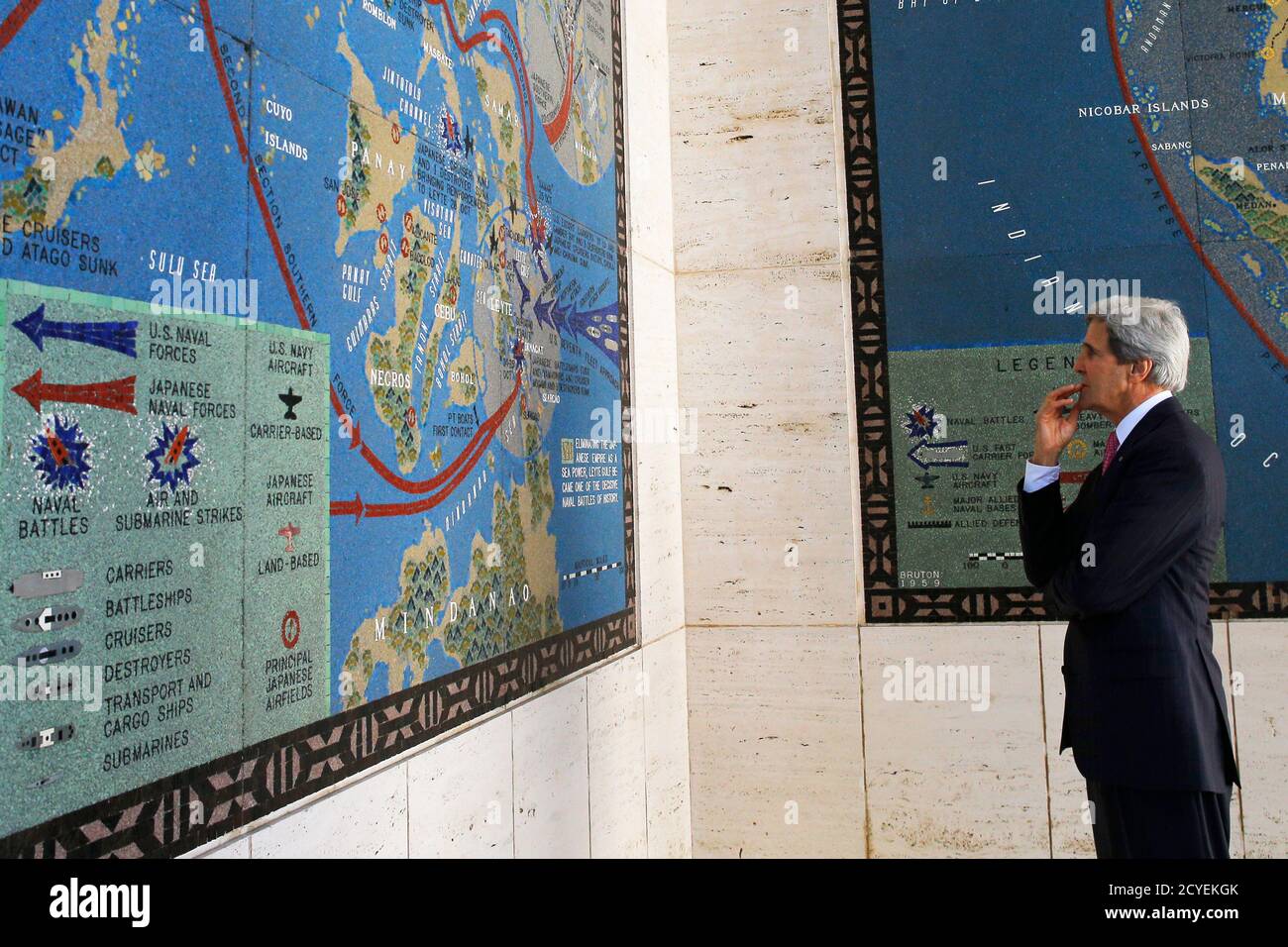
Admiral Chester Nimitz favored blockading Japanese forces in the Philippines and attacking Formosa (now Taiwan). This gave the Allies freedom to choose where to strike next. American airmen found it so easy to shoot down the Japanese that they nicknamed the air battle "The Great Marianas Turkey Shoot".) (Japanese airmen were not well trained due to Japan's loss of her expierienced pilots. The Allied victory in the Battle of the Philippine Sea in June destroyed the Japanese carrier power and established Allied air and sea superiority over the Western Pacific. The battles of 1943 had driven the Imperial Japanese Army from its bases in the Solomon Islands, and in 1944, a series of Allied amphibious landings supported by large carrier forces captured the Northern Mariana Islands. The Australian heavy cruiser HMAS Australia was hit on 21 October, and organized suicide attacks by the "Special Attack Force" began on 25 October. Leyte Gulf also saw the first use of kamikaze aircraft by the Japanese. The battle was the last major naval engagement of World War II. Instead, the Allied navies inflicted a major defeat on the outnumbered Imperial Japanese Navy which took away Japan's strategic force in the Pacific War. The Japanese attempted to repel or destroy the Allied forces stationed on Leyte after the preceding Allied invasion in the Battle of Leyte. It was fought during the Pacific War of World War II, in the seas surrounding the Philippine island of Leyte from 23 October to 26 October 1944 between the Allies and the Empire of Japan. The Battle of Leyte Gulf the largest naval battle in recent history.


Leyte – Leyte Gulf – Ormoc Bay – Mindoro – Lingayen Gulf – Luzon – Cabanatuan – Bataan – Manila – Corregidor – Los Baños – Palawan – Visayas – Mindanao Many PT boats, submarines and fleet auxiliaries USS Princeton on fire, east of Luzon, 24 October 1944. Related subjects: World War II Battle of Leyte Gulf


 0 kommentar(er)
0 kommentar(er)
